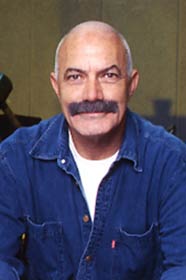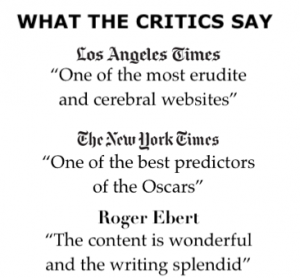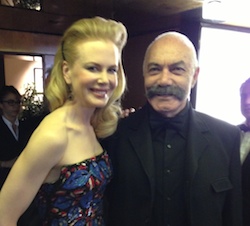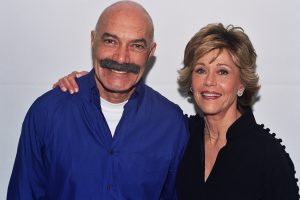Virginia Woolf is the author of "Orlando: A Biography," which was later adapted into the 1992 feature film "Orlando" starring Tilda Swinton and written/directed by Sally Potter. The film, which was nominated for an Oscar, is being re-released by Sony Pictures Classics on June 23 in New York and Los Angeles.
When Virginia Woolf met Vita Sackville-West, a fellow author, in 1922, it was the start of a relationship, which was to last for almost twenty years. Orlando was first conceived as a fantasia upon Vita and her world – what Vita's son and biographer Nigel Nicholson called “the longest and most charming love letter in literature.”
At the time of Orlando's publication in 1928, Woolf was 46 and one of the most prominent members of the Bloomsbury Group, a circle of maverick scholars who devoted their lives to redefining current thought on intellectualism, morality, sexuality and politics. Unlike Woolf and her Bloomsbury peers, Sackville-West was part of the British aristocratic tradition, a fact that sparked Woolf's interest. She had grown up at Knole, a vast estate, almost a palace, that had been granted to her family by Queen Elizabeth I. Knole was the object of Vita's adoration – but a kingdom, which, as a girl, she could never inherit. She always wished, she said, that she had been born a boy.
But Vita's 18 character had another wilder strain. There was in her a blend of conformity and rebellion, freedom and hauteur symbolized by the grandmother who had been born the illegitimate daughter of a Spanish Duke and a gypsy acrobat. It was that contradiction in her that Virginia Woolf wanted to explore. “An escapade,” was how Woolf described Orlando in her diary, “half-laughing, half-serious: with great splashes of exaggeration.” The public and critics took it seriously. “I have,” Woolf wrote a few months after the novel was published, "become two and a half inches taller in the public view. I think I may say that I am now among the well known writers.”
“It really is Vita,” Vita's husband Harold Nicholson, diplomat and author, wrote to Woolf after Orlando was published. Vita and Nicholson's relationship was truly unique: though they agreed that “a successful marriage is the greatest of human benefits,” Vita nonetheless had open affairs with other men and with women. Her bond with Harold was only once threatened, by Vita's passion for Violet Trefusis, immortalized in Orlando as “Sasha,” the Russian princess. Nicholson, therefore, was quite comfortable with the growing relationship between Vita and Woolf. Four days after her first meeting with Woolf, Vita wrote to Harold: “I simply adore Virginia Woolf and so would you darling, I have quite lost my heart.” Virginia's diary described Vita's "splendor her maturity and full-breastedness.”
They had begun an ardent exchange of letters and visits. Almost from the first, then, the love Vita and Virginia shared was predominantly “a mental thing; a spiritual thing,” Vita wrote. As such, it would last through the years ahead. They were still close, still corresponding, when Woolf drowned herself in 1941. Vita died in 1962, and it was many years after Woolf’s death that she said in a letter to Harold: “I still think that I might have saved her if only I had been there…”










